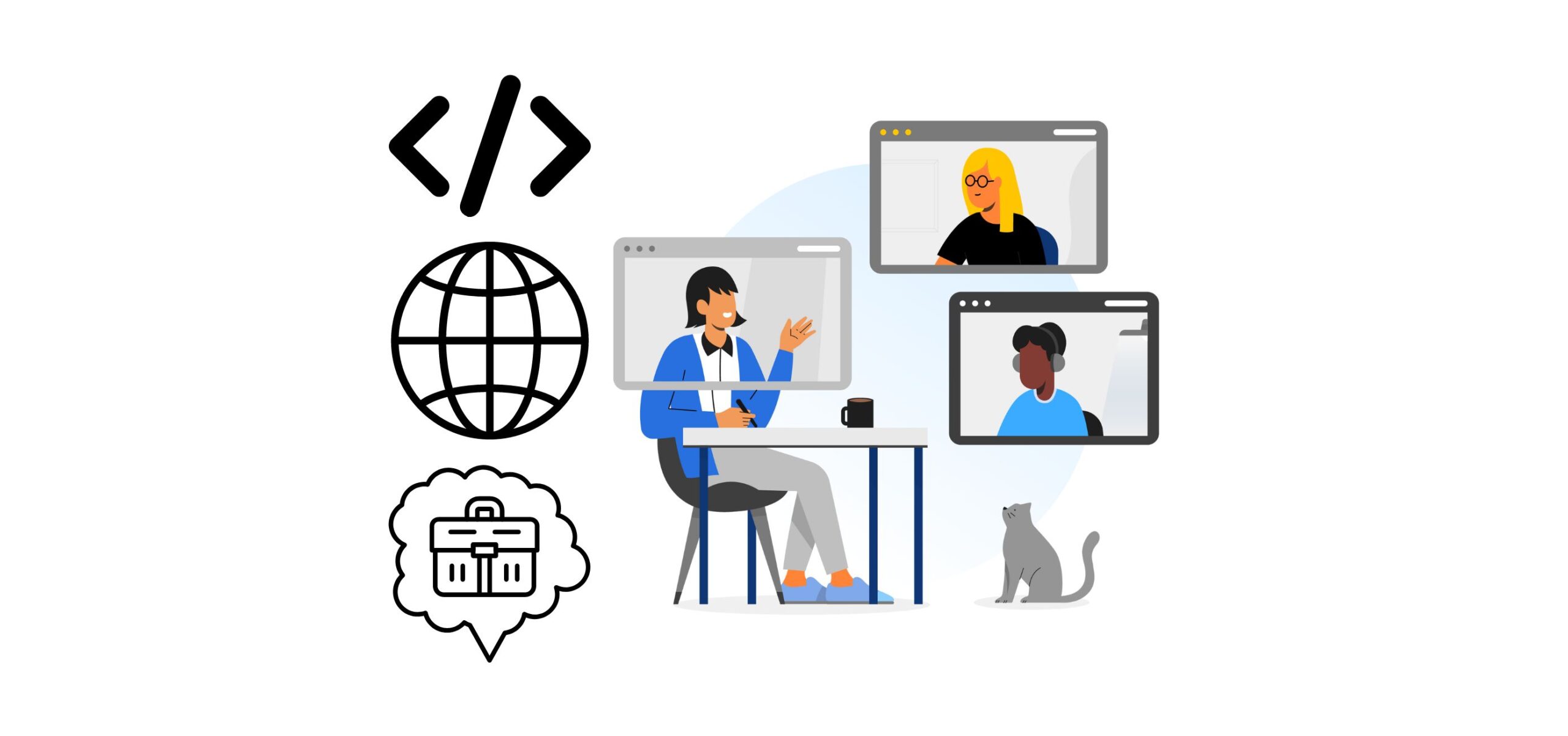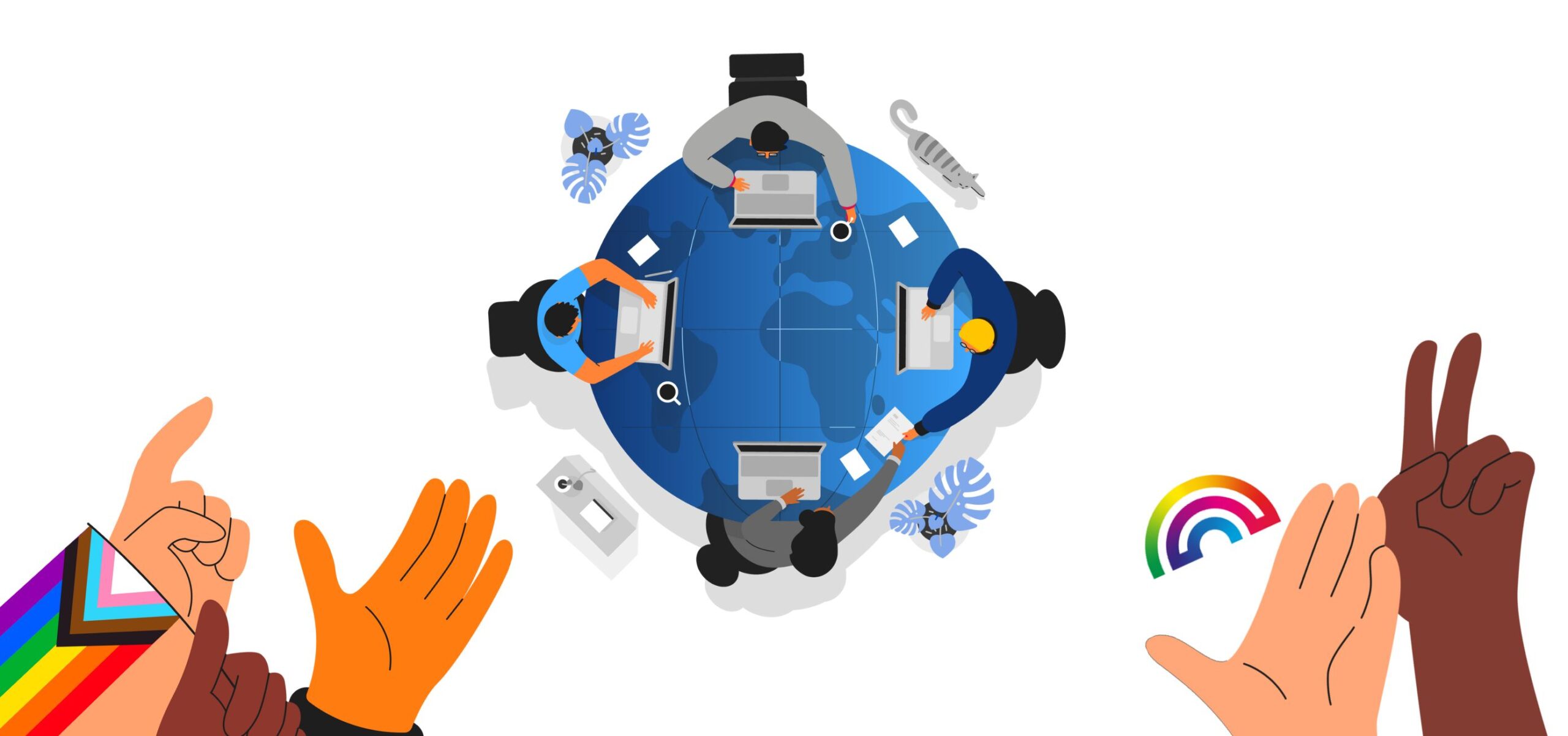Engineering Managers, This Is How You Can Judge the Diversity of Your Team
Joel Spolsky published a blog post in 2000 titled The Joel Test specifically for engineering managers. It is a series of quick and easy ‘yes or no’ questions that measure the quality of software engineering teams.
Despite being 20 years old, The Joel Test is still relevant today to judge an engineering team’s technical mastery. However, William Hill, senior software engineer at New Relic, noticed the test’s lack of consideration towards a team’s social culture and values.
Therefore, William developed a new list of questions that engineering managers can use to evaluate the culture and inclusivity of the modern-day engineering teams.
And of course, he aptly named it The Will Test.
The Will Test
The Will Test includes nine questions focusing on judging a company or team’s social culture and inclusivity.
- Does the company have engineering managers or leaders from the minority community?
- Does the company provide access to resources for maintaining your mental health?
- Is there an established Code of Conduct?
- Is the organizational hierarchy clearly defined?
- Is there a clearly defined path to promotion?
- Does the company invest in career growth?
- Does the company make use of diverse recruiting channels?
- Is there a dedicated DE&I team?
- Is there a formal internal membership program?
-
Does the company have engineering managers or leaders from the minority community?
In 2017 a study by Reveal from The Center for Investigative Reporting showed an underrepresentation of women and people of color in executive positions. According to the report, within 177 of the largest San Francisco Bay Area tech firms, the percentage of Black men and women in management was just 1.5 percent and 0.7 percent, respectively. Minority engineering leaders give other minorities the strength to believe they can succeed, too.
Without minorities in positions of power, the organization’s effort to encourage diversity and inclusivity doesn’t fulfill its objective. -
Does the company provide access to resources for maintaining your mental health?
In a fast-paced, high-pressure corporate world, burnout is a serious problem. Add in the stress the pandemic has brought on; burnout can significantly impact engineering teams. On top of this, minorities face another league of mental health issues like impostor syndrome and microaggressions. Engineering managers can help their team deal with these issues by ensuring access to the right mental health resources.
-
Is there an established Code of Conduct?
Bullying and harassment can take different forms in today’s workplace.
Engineering managers need to ensure that their best-performing engineers do not take undue advantage of their reputation and walk all over their coworkers. If they’re pushing their best work at the expense of others, that’s a red flag. -
Another major red flag is employees making culturally insensitive or sexually suggestive or offensive comments or gestures without any fear of consequence. Regardless of size, it is crucial to have a well-written Code of Conduct that lays out the standards of professional conduct.
William suggests implementing a Code of Conduct like Linux kernel developers to improve the team’s culture of inclusivity. -
Is the organizational hierarchy clearly defined?
While having a flat organizational structure isn’t bad, several prominent companies, including Buffer, Github, and Medium, tried this approach but gave it up.
Establishing control without a structured hierarchy is difficult. A minority in engineering needs to know the different levels to understand how to execute certain activities. A flat organizational structure creates ambiguity, leading the minority to speculate about the lack of transparency within the decision-making process.
-
Is there a clearly defined path to promotion?
Defining a path to promotion relates to the previous organizational hierarchy point. Hierarchies allow engineers to understand what they need to do to rise through the ranks. How you manage your promotions can make or break your company’s culture.
And thus, having a clearly defined promotion process with set expectations helps minorities justify the outcome of their appraisal.
-
Does the company invest in career growth?
It’s not just about finding and hiring diverse talent; it’s also about retaining them. Unfortunately, minority engineers are usually at a disadvantage when it comes to office politics.
In this scenario, engineers are more likely to stay with an organization when they feel like the company cares about their personal and professional growth. -
Does the organization make use of diverse recruiting channels?
Focusing on schools with high academic and social prestige is not the only way to find talented engineers. You can take advantage of automated platforms like Turing to recruit engineers from underrepresented communities. According to William, annual tech conferences like NSBE, Afrotech, Grace Hopper, and Tapia can also be good places to find highly skilled engineers.
-
Is there a dedicated DE&I team?
Having a Diversity, Equity, and Inclusion team is essential for any organization. If you don’t have one, then promoting diversity and inclusivity within the company usually falls onto the minority engineers in your team.
Given that this is not a part of their job and consideration of their effort is not part of the appraisal process, this increased responsibility simply adds to the workplace inequality. -
Is there a formal internal membership program?
A study by Heidrick & Struggles states that 30 percent of women and 32 percent of minorities found their mentoring relationship to be extremely important.
A diversity-focused internal mentorship program addresses the issues faced by these groups. Furthermore, it focuses on creating equal opportunities for their growth.
Diversity has many different dimensions— age, race, gender, disabilities, and more, and so does inclusivity. Therefore it may be a challenge for engineering managers to measure the success of an inclusion or diversity program. While The Will Test isn’t perfect, it will give you a comprehensive understanding of where your company stands. In addition, you can adapt The WIll Test to address any underrepresented group.
If you’d like more information about The Will Test, you can read it at LeadDev.
Building a business that allows every engineer, regardless of their race, color, gender, or any other factor, to feel included and reach their potential should be an ultimate goal.
Are you looking to hire talented software engineers regardless of their race, age, color, gender, etc., and only on the basis of their talent? Try Turing teams. Turing allows you to hire dedicated software development teams, monitor them, and track their progress.
For more information, visit Turing’s Hire page.
Tell us the skills you need and we'll find the best developer for you in days, not weeks.












